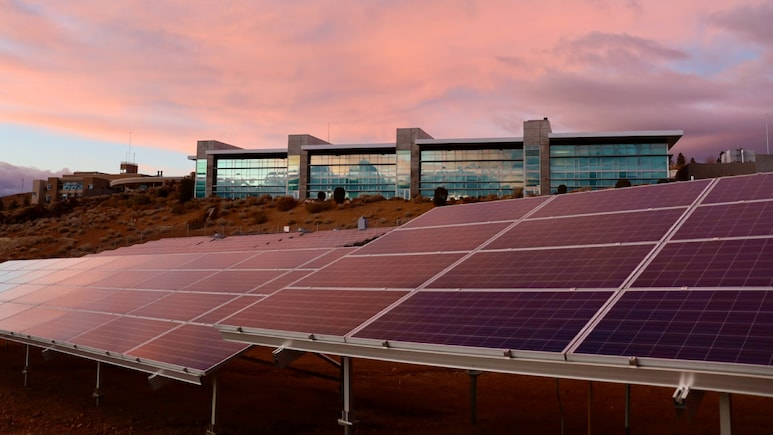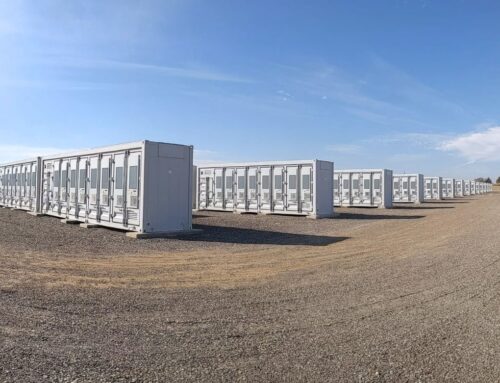World Economic Forum’s New Playbook On Funding For Renewable Energy
October 3, 2024

The World Economic Forum has launched the Playbook of Solutions, a digital platform that shares 100 successful ways to unlock funding for clean energy in 47 developing countries. These solutions aim to speed up the shift to renewable energy by showing how policy changes, financial tools and partnerships can attract investments.
To meet the global goal of tripling renewable energy by 2030, investment in clean energy needs to increase significantly, especially in emerging economies, which will account for most of the world’s energy demand by 2035. However, these countries currently receive only a small share of global clean energy investments due to risks and regulatory challenges.
Policy measures:
- Energy Policy: Focus on providing incentives (like feed-in tariffs) and improving licensing processes for renewable energy projects.
- Climate Policy: Set long-term goals for reducing emissions and adopt carbon pricing strategies.
- Financial Market Policy: Ensure access to long-term financing and improve credit ratings for renewable energy projects.
- Investment Policy: Treat foreign and domestic investors equally, protect intellectual property, and enforce contracts to reduce risks.
- Integrated Country Platforms: Use comprehensive strategies, like Egypt’s renewable energy laws and financial packages, to attract investment.
De-risking Tools:
- Portfolio Approaches: Diversifying investments to manage risk.
- Blended Finance: Combining public and private funds to reduce risks.
- Guarantees and Insurances: Tools like government guarantees to protect investors.
- Refinancing: Lowering costs through favourable loans or refinancing options.
- Currency Risk Mitigation: Managing currency fluctuations to protect investments.
- Better Transparency: Ensuring transparency to build investor confidence.
Finance Mechanisms:
- Equity Financing: Investors provide capital for a share of profits.
- Debt Financing: Borrowing funds for clean energy projects.
- Bonds: Issuing bonds to raise money for renewable energy projects.
- Debt Swaps: Exchanging debt for investments in clean energy.
- Energy Service Agreements: Contracts where companies provide energy services in return for payment.
- Purchase Agreements: Long-term contracts to buy clean energy.
- Carbon Financing: Earning funds from carbon credits by reducing emissions.
India is aiming to add 300 GW of renewable energy by 2030, which presents significant investment opportunities. To attract clean energy investments, the country has implemented integrated policies and financial incentives, including tax benefits. It has also established the Greenhouse Gas Program to monitor emissions effectively. India also started a fossil fuel subsidy swap in 2013 to level the playing field between fossil fuels and renewable energy sources.
Key concepts related to clean energy financing:
- Counterparty Guarantees: A party guarantees another will fulfil a third party’s obligations.
- Liquidity Facilities: Short-term funding to cover cash flow gaps.
- Convertible Instruments: Products that can convert into equity, reducing investment risks.
- Refinancing: Changing loan terms to improve borrowing conditions.
- All-Equity Bridge Financing: Temporary funding for short-term expenses until long-term financing is secured.
- Project Preparation Activities: Steps taken before financial closure to minimise risks.
- Technical Assistance: Advisory support to reduce transaction risks.
- Project Preparation Facilities (PPFs): Funding structures for project preparation.
- Currency Risk Mitigation: Strategies to protect against currency fluctuations.
- Local Currency Financing: Borrowing in the currency of income to reduce risks.
- Equity Financing: Investors own shares in projects, providing long-term capital.
- Debt Financing: Raising money by selling debt instruments.
- Concessional Loans: Loans with favourable terms for accessible financing.
- Revolving Credit Facilities (RCFs): Flexible borrowing options.
- Securitisation: Pooling debts to create securities for investors.
- Microfinance Loans: Small loans for individuals or small businesses lacking access to traditional banking.
Search
RECENT PRESS RELEASES
Related Post



